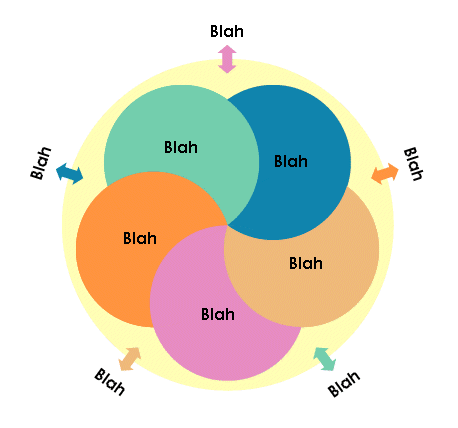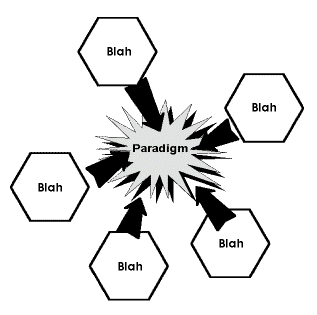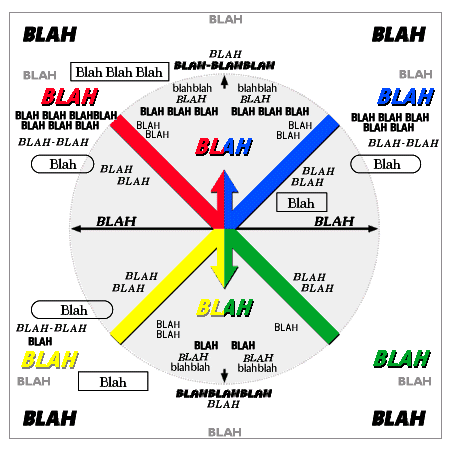View current page
...more recent posts



As promised, more GIFs from the mysterious http://castlezzt.net (caution: massive page load).
I hear the second night of "Low Level Allstars" (Thursday Feb 24) at Deitch was better than Wednesday, the night I attended [or I should say even better, since Wednesday was great]. I'm told the sound guy improved (I can attest that he did a not-so-good job the first night), and the speakers were put on tall stands. Also the crowd was bigger and more polite, although according to one report people were sitting down during Bodenstandig, which was definitely an up on your feet partying kind of thing. It's hard to find the right balance between sitting, listening, and partying, especially when trying to manage a typical New York gallery audience of people there to make the scene, yak, and network for their all-important careers.
For an example of what I'm talking about, check out the .mp3 of this John Parker/jenghizkhan performance at the Front Room in Brooklyn. He's playing some great gritty electro-noise stuff and you can hear the schmoozers just schmoozing away. This is no comment on his music--it doesn't matter who's playing here, music and performance are just a sort of background for everyone's personal movie. As I've mentioned before, this is partly because New York has an embarrassment of riches relative to other scenes and people are just blase, but there is also a high oink factor.
In the comments to my second post on Bodenstandig, Jonathan Brodsky floats the theory that jungle (the older, purer version of drum and bass) was the product of open source software, as opposed to musicians using commercial products. Let's nip that meme right here! Here's Brodsky's comment:
I don't know about jungle originating in commercial software environs... It was my understanding that the form developed in trackers similar to the ones that bodenstandig uses, on the amiga. I know that the breakcore sound is mostly due to the tracker interface as well. which software were you thinking was the one that spawned jungle?I clarified that by "commercial software environment" I also mean to include software in so-called hardware synths and samplers, and further replied:
Rob Playford initially used a shareware sequencer called Superconductor (running on an Atari) along with an Akai S-950 sampler and DAT, around the time of 2 Bad Mice's "Waremouse." By 1993 he'd switched to C-Lab's Notator, a commercial product. (C-Lab eventually became Emagic, maker of the popular sequencer Logic.) The real breakthrough for jungle came not so much with tracking, or sequencing, as abuse of (commercial) samplers. From The Mix (1996): "[Metalheadz'] 'Terminator' tore through the scene [in '93] with a vengeance ... its manipulation of timestretching from a sampling utility into a revolutionary new sound effect (by pushing the circuitry way beyond its parameters) made 'Terminator' not just a big tune, but a seminal one for the emerging and, by this time, identifiable new scene."
